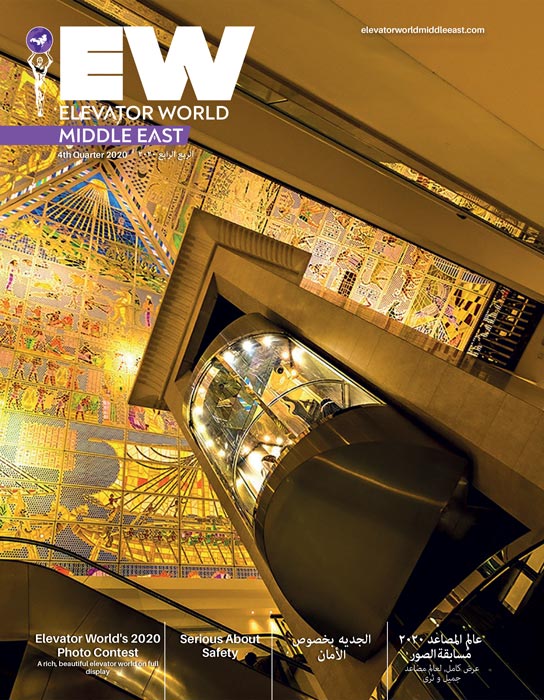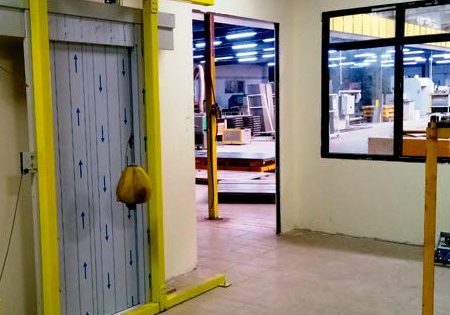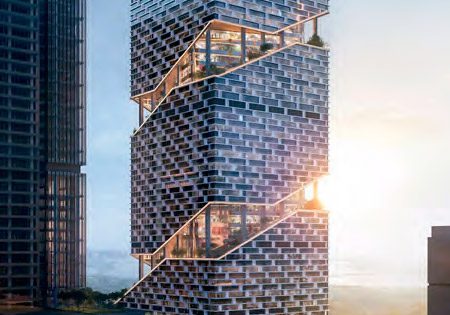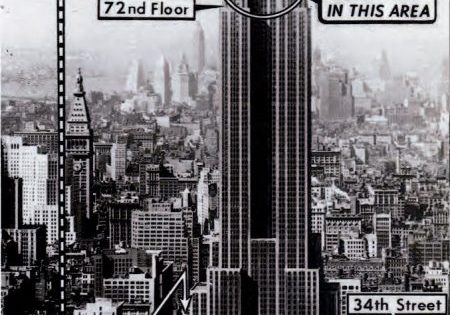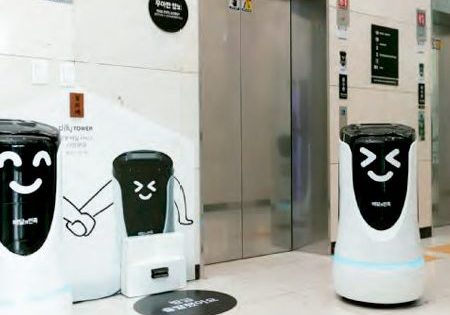Returning After Crisis
Sep 1, 2020
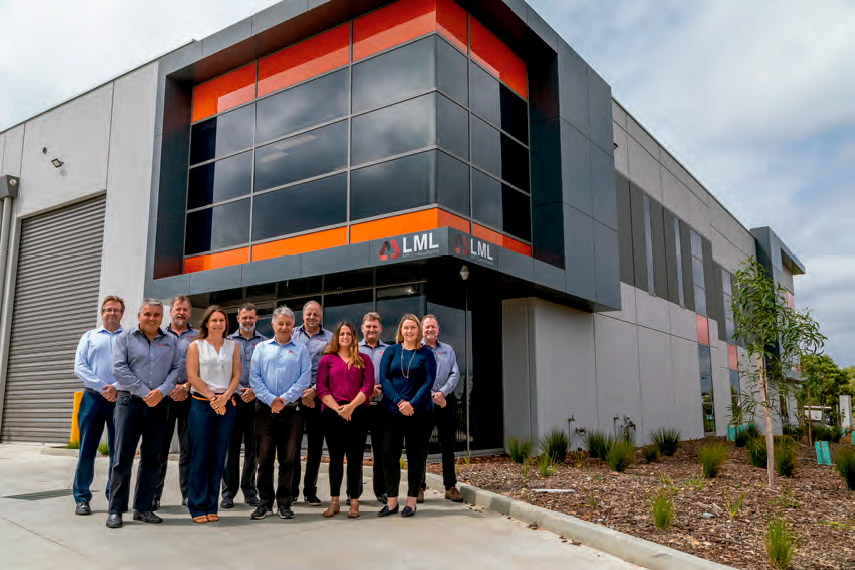
Richie Lobert (RL), director, LML Lift Consultants, shares workplace-reentry strategies in the COVID-19 era with your author (SSP).
by Sheetal Shelar Patil
SSP: Which workplace-reentry strategies are recommended by LML?
RL: As COVID-19 restrictions ease, a number of workplace-reentry strategies for lifts, escalators and moving walks can be implemented to help limit the spread of the virus. We consider these strategies relevant in any country. Additional cleaning and disinfection at appropriate intervals, in accordance with government guidelines, are recommended. These include cleaning lift and landing buttons and car operating panels, and escalator/moving walk handrails; installing disposable coverings on lift panels in cars, on screens and landing buttons; and installing hand-sanitizer stations in lobbies near escalators/moving walks and other key areas. Additional measures include assigning staff to monitor passenger flow and prevent people from clustering, and providing personal protective equipment like gloves, personal hand sanitizers and face masks.
On escalators and moving walks, installing antibacterial ultraviolet sanitation systems, signage and marking steps/pallets to indicate a minimum distance of 1.5 m (per Australian government guidelines; this may vary in other countries) is advisable. Companies may implement staggered start/finish work times to reduce lift traffic during peak periods. Other measures include:
- Rotating in-office/remote work schedules to reduce building populations
- Reducing the number of passengers in lifts
- Programming destination-dispatch systems to allocate fewer passengers per car
- Where speed gates are integrated, increasing walking-distance times and adjusting lift allocation numbers
- Separating stairways for either upward or downward movement
SSP: As a vertical-transportation (VT)consultant, which challenges do you face in coming up with innovative solutions and reimagining usage procedures quickly in the unanticipated crisis?
RL: Like many organizations, LML has much of its team working remotely. We’ve had many Zoom-based collaborations to look at ideas that may assist in limiting the spread of COVID-19 while using VT. As VT consultants, we feel responsible for coming up with ideas and investigating technologies available to assist our industry during these unprecedented times.
To promote social distancing, we conceived and manufactured decals that have been installed in retail and office buildings. In some Australian passenger rail network stations, we installed gesture-controlled elevator call buttons. These buttons are easily retrofitted. To use them, simply swing your hand upward in front of the device to place an “up” call or downwards to place a “down” call. In the case of a two-stop lift, a common configuration in railway stations, a gesture call device is also fitted inside, making the entire process touchless and, therefore, a worthwhile consideration as part of any reentry strategy.
For properties with more floors, we tested a voice calling unit (VCU) to use inside the car to register the destination floor. The VCU has a high voice-recognition rate and can work offline. We installed this technology for one of our national clients. Interestingly, with such a reduction in building populations in recent times, we have also had a number of clients implementing our independent equipment audits, taking advantage of lifts being less active.
SSP: With social distancing becoming mandated and safety during elevator use having utmost priority, to what extent is the role of a VT consultant becoming more significant post-pandemic?
RL: We see the significance of VT consultants increasing after the crisis. As independent advisors to the industry, we have always considered it our role to keep clients aware of any relevant industry news or new technologies. This includes COVID-19 technologies and strategies post-pandemic. Going forward, we will likely see VCUs and gesture-controlled call buttons included in technical specifications.
SSP: Do you see any scope for changes in the way lobby areas and VT are positioned within buildings and operated with advanced technologies?
RL: We expect to see far more touchless technology incorporated into new buildings, including things such as Bluetooth apps, voice activation, remote call allocation, integration of speed gates with lifts, destination control systems (DCS), and facial and voice recognition.
SSP: Social distancing is expected to increase waiting time for elevators. How can this be managed effectively?
RL: A recently announced social-distancing requirement in Australia for 4 m2 of space per person in lifts was reversed by Safe Work Australia. After it was announced, the requirement was viewed as creating havoc for office workers and was abandoned after pressure from landlords and property owners. The rule likely would have created major chokepoints for the returning workforce, potentially adding hours to trips.
SSP: Which aspects are considered in VT modernizations, especially in the COVID-19 scenario?
RL: In addition to touchless technology, it is also likely that many more modernization projects will be undertaken outside of normal business hours to help limit the spread of COVID-19. Lift contractors should practice good hygiene, use adequate PPE and practice good social distancing. Properties should also implement adequate cleaning and disinfecting regimes like those mentioned above.
SSP: What is the scope for modernizing elevator lobbies in synchronization with elevators to reduce the pressure on VT?
RL: This could include adding stairwells or escalators to assist traffic flow and reduce pressure on elevators, as well as the technologies mentioned above (Bluetooth, DCS).
Get more of Elevator World. Sign up for our free e-newsletter.

